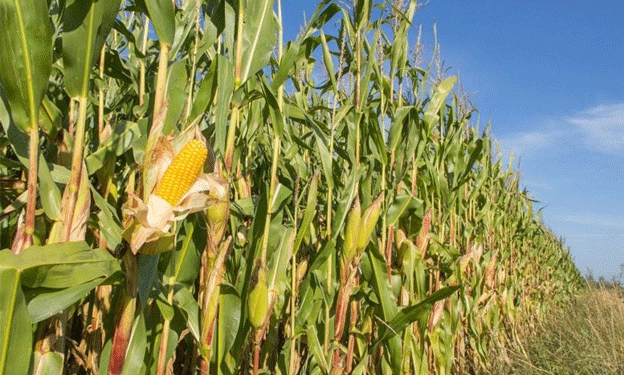Rethinking Maize’s Origins
For decades, maize (Zea mays) was believed to have been domesticated exclusively in Mexico around 9,000 years ago. However, groundbreaking research in Brazil’s Peruaçu Valley suggests a more complex history. Archaeologists have unearthed maize samples with primitive traits that hint at parallel domestication efforts in South America.
Researchers from the University of São Paulo (USP) and EMBRAPA studied partially domesticated maize specimens, including grains, cobs, and straw, found in the Peruaçu Valley caves of Minas Gerais. These samples date back 1,500 years, preceding European contact with the Americas. They represent the furthest distance from Mexico, maize’s assumed origin, where such primitive traits have been identified.
The Evidence: Traits and Genetic Links
One defining trait of the Peruaçu Valley maize is its small number of grain rows—typically four to six—resembling the wild ancestor, teosinte. In contrast, modern maize in South America often has eight to 26 rows. The study analyzed 296 samples and found close genetic links to the Entrelaçado maize race, still cultivated in parts of Brazil and Uruguay.
These findings align with a 2018 genetic study suggesting that maize domestication might have been finalized in South America. The samples are undergoing advanced archeogenetic analysis to construct a precise phylogenetic tree, which could confirm these relationships definitively.
Cultural and Agricultural Insights
The discovery sheds light on the role of ancient Indigenous communities in maize selection and cultivation. These communities likely played a pivotal role in developing local maize varieties, contributing to the rich genetic diversity seen today. The caves in Peruaçu Valley, adorned with crop-related rock paintings, also contained buried maize, possibly as offerings, underscoring maize’s cultural significance.
Geopolitical Implications
This discovery extends beyond history, touching on modern agricultural and geopolitical issues. If South America is recognized as a secondary center of maize domestication, the region gains a stronger claim over its genetic resources. This could impact international treaties and conservation efforts, ensuring these resources are protected and fairly utilized.
The discovery of ancient maize in Brazil challenges traditional narratives about the crop’s origins and underscores the ingenuity of early South American farmers. By advancing our understanding of maize’s domestication, this research not only rewrites agricultural history but also highlights the importance of preserving genetic diversity for future generations.
Error





